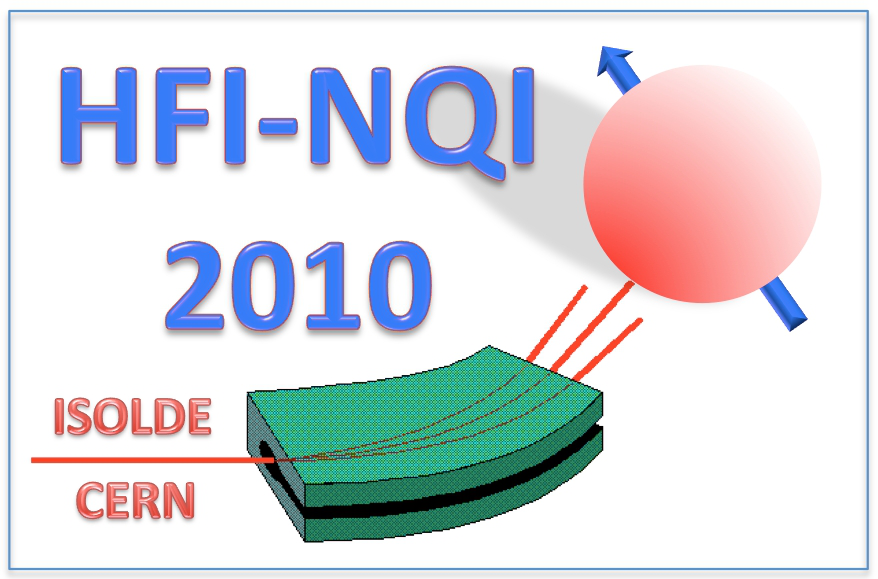Speaker
Description
Summary
Alkyl methacrylates are of significant importance in the chemical industry. For example, free radical polymers, which contain the methacrylate backbone, are more rigid than acrylate polymers [1].
The aim of this project is focused on modification of the iron phosphate catalyst and optimizing conditions necessary for the formation of higher alkyl methacrylates.
The fresh and spent catalyst were characterised using Attenuated Total Reflection Infrared Spectroscopy (ATR-IR), Inductively Coupled Plasma-Optical Emission Spectroscopy (ICP-OES), Room temperature X-Ray Diffraction (XRD), Scanning Electron Microscopy (SEM), Energy Dispersive Spectroscopy (EDS), Mössbauer Spectroscopy, and BET surface area and Pore volume measurements. Additional techniques employed for the fresh catalyst included In-situ X-Ray Diffraction (XRD), Temperature Programmed Reduction and Oxidation (TPR, TPO), Temperature Programmed Desorption (TPD), Thermogravimetric and Differential Thermal Analysis (TGA-DTA/DSC).
The results obtained from certain techniques above were compared to the Mössbauer data and shall be discussed. Catalytic activation of the catalyst under certain reaction conditions had shown the formation of the active alpha phase, α-Fe3(P2O7)2, which is a mixed ferric and ferrous phosphate, and has been reported to be very active under catalytic conditions [2].
References
[1] R. Wilczynski, J.J. Juliette, Rohm and Haas Company, Methacrylic acid and Derivatives, Kirk-Othmer Encyclopedia of Chemical Technology, Vol. 16, John Wiley & Sons, p. 227-270.
[2] J.M.M. Millet, Catal. Rev.-Sci. Eng 40 (1&2), 1-38 (1998).
| Are you a student, a delegate from developing countries or a participant with physical needs and would like to apply for a sponsored accomodation. Please answer with yes or no. | Yes |
|---|---|
| Please specify whether you would prefer an oral or poster contribution. | Poster |
